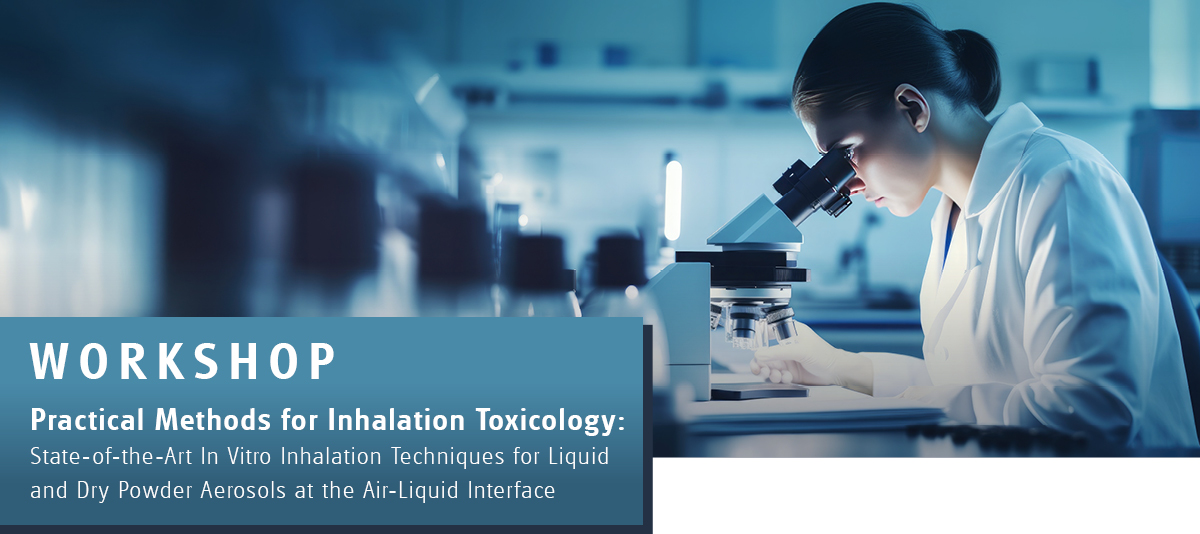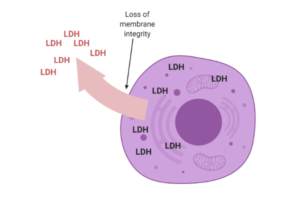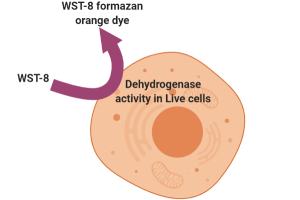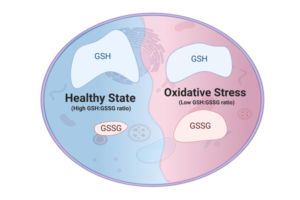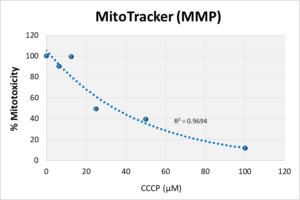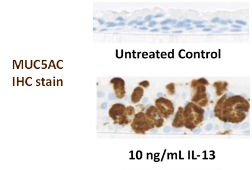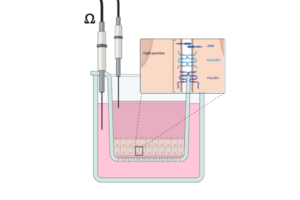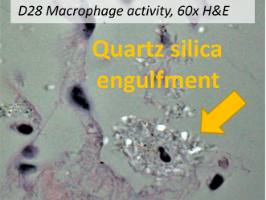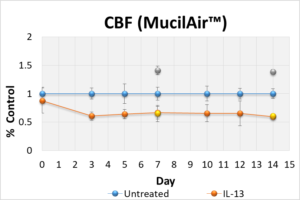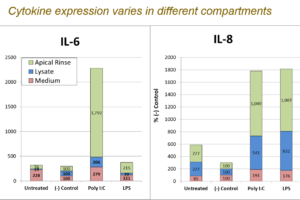June 26-27, 2025 at IIVS Laboratories. Find out more and register.
Respiratory Toxicology
The respiratory system is a complex of epithelial tissues, immune cells, and lung parenchyma. Due to the potentially long exposure periods, permeability and sensitive nature of airway regions, the tissues spanning the nasal and oropharynx to the deep lung are exceptionally susceptible to insult and damage by toxicants. Manifestations can range from asymptomatic or mild upregulation of immune mediators/cytokines and decreased cellular function to fulminant disease states (such as asthma, COPD and fibrosis) to complete system failure. As a result, knowledge of how the body responds to an inhaled material is critical toxicological information.
IIVS has extensive experience with various test systems including 2-dimensional lines and primary cells and 3-dimensional reconstructed human airway tissues (RHuA) representing the upper airways and respiratory parenchyma, as well as our in-house human Precision-Cut Lung Slices (hPCLS) – an ex vivo human-derived model encompassing the alveoli and proximate tissues. As a result, these slices can be used to closely simulate and evaluate actual exposure to potential toxins and toxicants. IIVS is currently analyzing multiple endpoints in this model to evaluate immune response to respiratory sensitizers.
Our state-of-the-art exposure systems and instrumentation include:
- VITROCELL® Cloud 12 – nebulizes liquid formulations to generate non-combusted aerosol droplets with several size options
- VITROCELL® VC 1 – generates smoke and aerosol from reference cigarettes, electronic cigarettes (nicotine and CBD products) and can be adapted for aerosols requiring specific puff profiles
- Tecan/HP D300 Digital Dispenser – allows delivery of DMSO-based materials directly into multi-well plates, and apical exposure of RHuA & hPCLS tissues with entire pattern volumes in the nL to µL range
- Luminex MAGPIX Multiplexer – permits analysis of numerous inflammatory cytokines, chemokines, and markers of adverse events in parallel
These equipment, together with the expertise of our specialized Toxicologists, allows us to provide comprehensive and mechanistic evaluation of materials that may be detrimental or pose a hazard to the airway region by using a selection of human pulmonary models.

